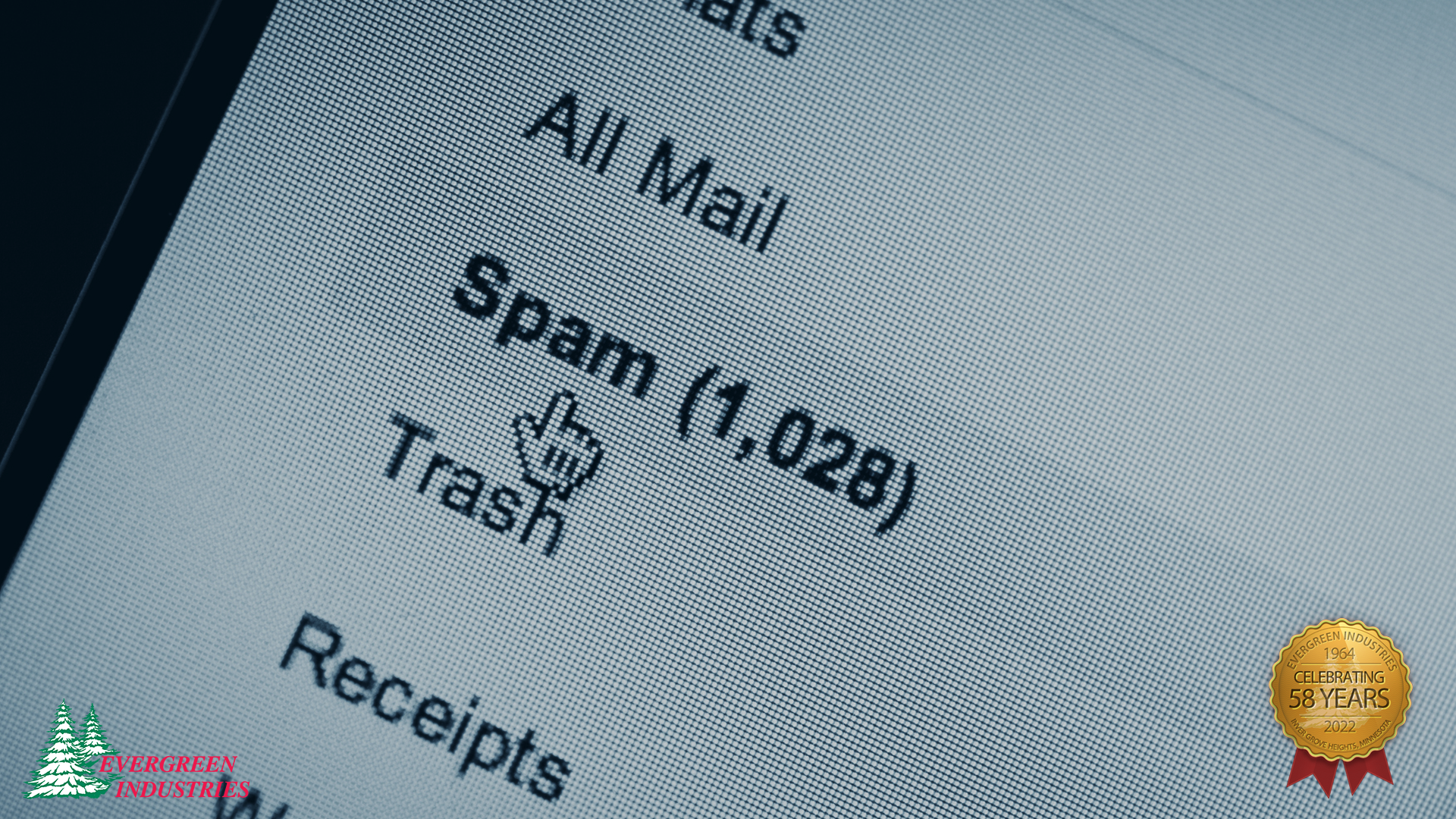When nonprofits and groups who are fundraising need to get the word out about the work they’re doing, they first often turn to their own personal networks. Friends, family members, and coworkers are usually the best advocates. When they see that someone they know believes in a cause and belongs to a group, they’re more likely to buy in themselves.
One of the best ways to create a long-term way to reach out to these potential supporters is to create an email list. That list will include the names and email addresses of those who might be interested in supporting your group. However, there are responsibilities that come with marketing through email. Here are a few tips that will help you avoid offending the very people you’re trying to turn into supporters.
MAKE IT EASY TO “OPT-OUT”
If you send a one-time communication to someone, you don’t have to provide a way for that person to opt out. However, once you’ve added a consumer to a list for regular mailings, you’ll need to follow the regulations under the CAN-SPAM Act, which include providing each recipient the option of opting out of future mailings. When someone asks to be removed, you should ensure that the request is honored promptly.
USE CATCHY SUBJECT LINES
Most of us receive so many emails every day, we either delete or scroll past the vast majority of them. To ensure your messages are read, you’ll need to create eye-catching subject lines that encourage people to open them. For fundraising groups and nonprofits, that means appealing to their interest in your organization. Emphasize the beneficiaries of your campaign, whether you’re raising money for a youth sporting club or feeding the hungry.
KEEP IT SHORT
Long blocks of text without imagery will bore your readers and lead them to close without reading. Whether you use images, text, or a combination of both, make sure your font is easily readable and keep your message as brief as possible. When in doubt, keep it simple.
USE SEGMENTATION
Personalization has become an important part of email marketing. The more your messages relate specifically to the people who are receiving them, the better results you’ll get. This goes beyond simply inserting a person’s name into the salutation. Use segmentation to direct different types of emails to different supporter types, and your customers will likely see the communication as directly addressing their own personal interests. For fundraising groups or nonprofits, this may mean segmenting people who have supported your group in the past from new prospects or alumnae from the general public.
FOLLOW AGE RESTRICTIONS
If your organization is youth-oriented, you’ll need to be aware of the Children’s Online Privacy Protection Rule (COPPA), which protects children under the age of 13 from having their information collected online without parental consent. You’ll need adult permission before storing and sending emails to addresses you collect on your youth members and, even then, you’ll face strict regulations. In most cases, nonprofits find it’s best to simply restrict marketing messages to parents.
Nonprofits and fundraising groups alike can collect and use email addresses to reach out to potential supporters and donors. With the right approach, you can ensure that email messages are opened, read, and acted upon, and keep unsubscribes to a minimum. The best way to get the attention of recipients is to show how your organization is benefiting the community it serves, which will emphasize the importance of what you’re doing.
With 59 years of working with fundraising organizations
of all kinds, Evergreen Industries understands how
early preparation is a cornerstone of successful
fundraising and we are here to help.
Let’s Fundraise!
ORIGINALLY PUBLISHED: JUNE 15, 2022




